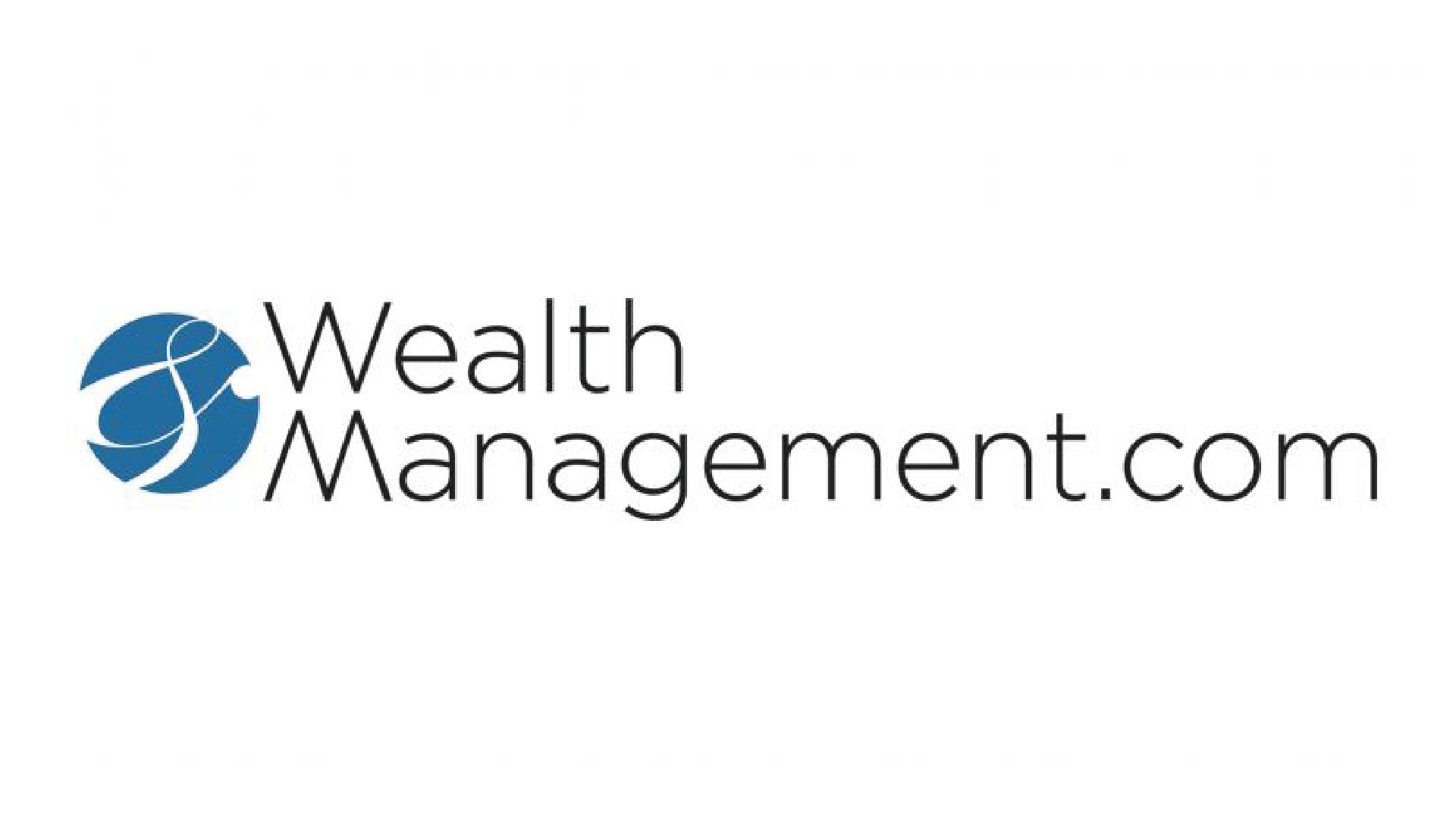The registered investment advisor industry continues to report declining organic growth numbers, with many firms struggling to see gains above that of the stock market. With the allure of an infusion of capital from private equity investors dancing in RIA owners’ heads, the pressure to grow can be deafening. As the average age of advisors in our industry continues to climb, so does the average age of clients, which means more are spending down their portfolios than adding to them. Some RIAs need to bring in $100 million or more of new assets every year to break even and offset the drawdown in client portfolios. When the organic growth engine stalls, many firms turn to M&A, thinking, “If we can’t grow through our sales & marketing efforts, let’s go acquire assets to drive our AUM numbers higher.”
That tactic can work, assuming the RIA thinks strategically about the types of clients and advisors it wants to attract. But before flipping the switch from organic to inorganic growth, it is important for the leaders of the firm to take inventory and ensure they are set up for success. First, do you have the right marketing materials to attract advisors? When RIAs make the decision to attract advisors in addition to clients, they often erroneously grab the same presentation deck they have used for years to attract clients. When pursuing advisors, your messaging to end clients is important but not as vital to an advisor as the operational story you have to tell. It is imperative you show the seller that once they join your firm, you will handle operations, compliance, human resources, investments, etc., for them, and they can go back to focusing solely on client relationships and their business development efforts.
It is also critical your firm is operationally poised to successfully support the sudden influx of new clients and accounts that will occur because of your M&A activity. The best way to ensure this is to examine how your firm is supporting its organic growth today. If new clients are complaining it takes weeks to open accounts and transfer assets, you will need to solve these internal inefficiencies before pursuing an inorganic growth strategy. If it takes six to eight weeks after quarter end to bill client accounts, your firm is not ready to support incoming advisors and their clients (nor will you be successful at attracting advisors to join you!). Reporting is another area that needs to be buttoned up. If you can speak to a specialized group within your firm that handles performance reporting and will quality control reports on a quarterly basis, ensuring they are sent to clients in a timely fashion and/or posted to a portal, you will put yourself ahead of the pack of other buyers.
Other signs your operational processes are not supporting your current growth would include repeated trade errors caused by miscommunication between client service teams and trading teams. If client portfolios are not being implemented or rebalanced as intended because instructions between teams are simply slipping through the cracks or being misinterpreted, you should not assume things will magically get better when you drastically increase the number of portfolios needing to be managed when a firm or team of advisors joins your organization. If your firm’s customer relationship manager is nothing more than an Outlook contact database or file server containing documents shared with clients, you may not be positioned to scale your organization and support more client relationships. You need a central repository where all employees can access client meeting notes and client communications.
While M&A can be a viable strategy to drive AUM numbers higher, it is crucial to ensure that your firm is managing its current processes and supporting your existing clients before pursuing an inorganic process. This involves having the right marketing materials to attract advisors, as well as operational readiness to support the influx of new clients and accounts that come with M&A activity. Internal inefficiencies, such as delays in opening accounts, billing, reporting and miscommunication between teams, should be addressed to ensure a smooth transition and successful integration of acquired assets. Additionally, having a robust CRM system and centralized repository for client information can help scale the organization and support more client relationships. By taking these steps before advertising yourself as a buyer, an RIA can position itself for sustainable growth and long-term success, both organically and inorganically.
This article originally appeared on Wealthmanagement.com.

